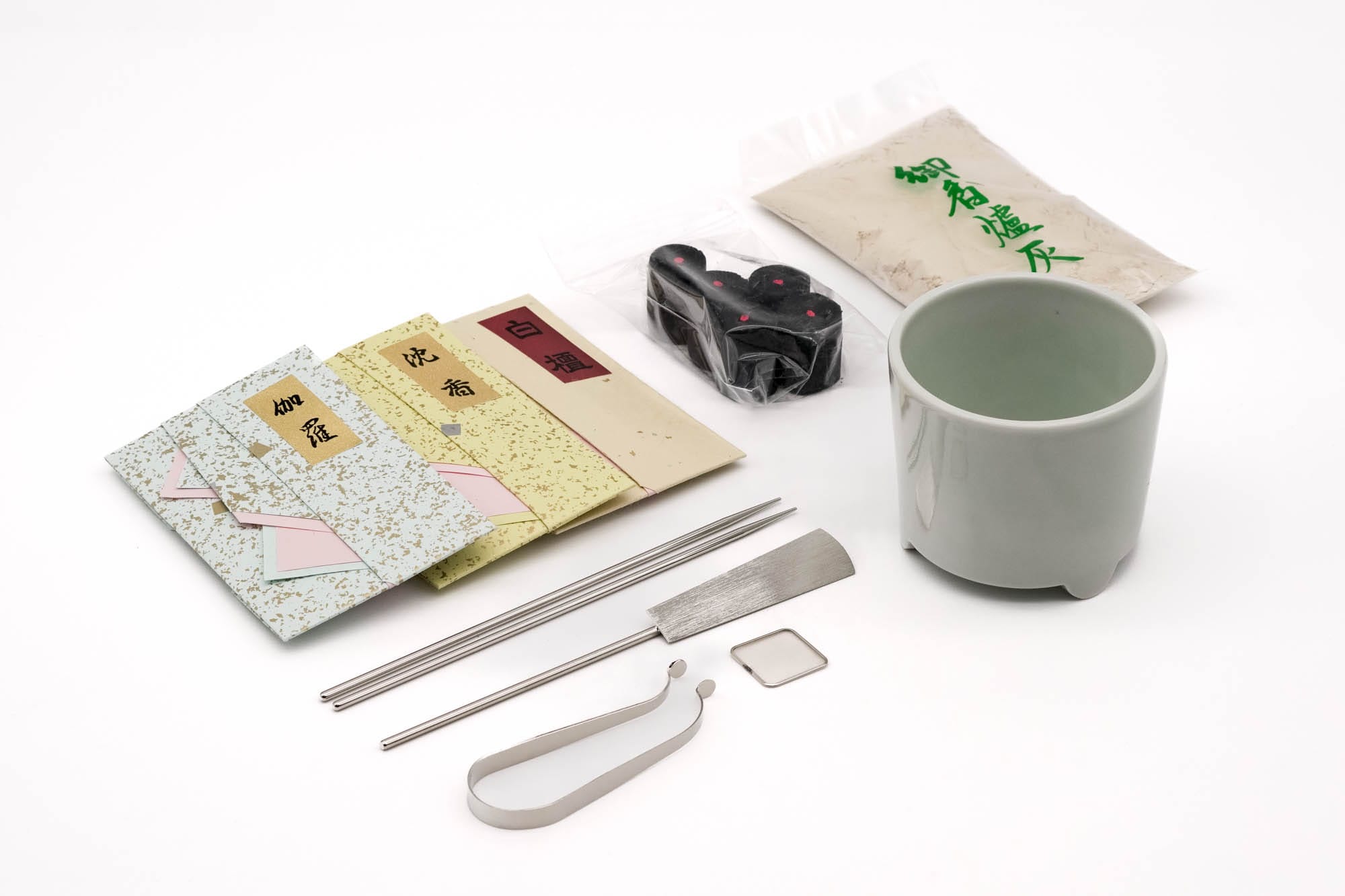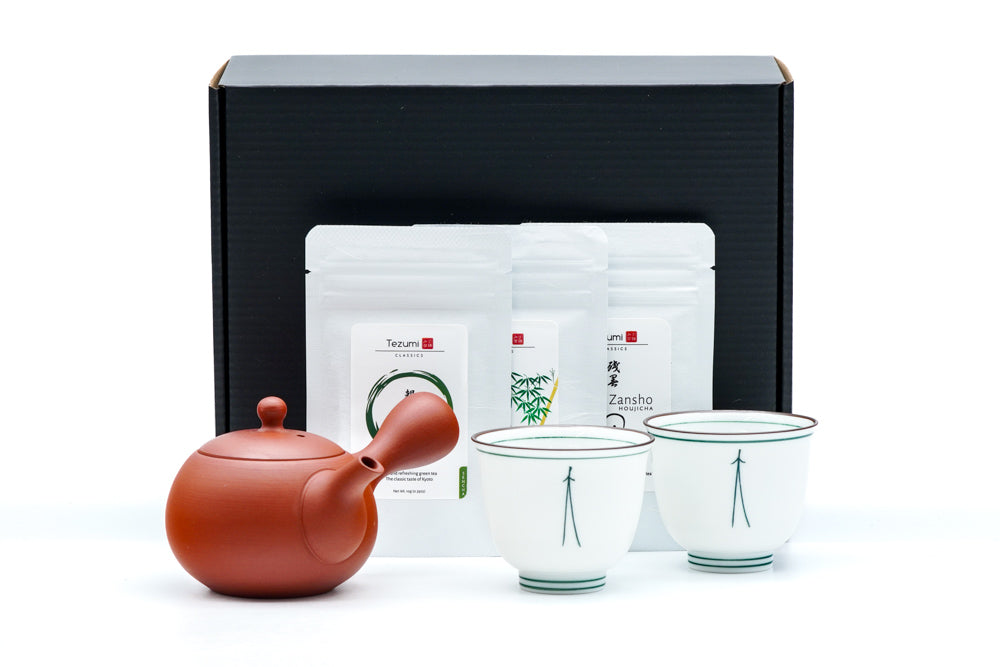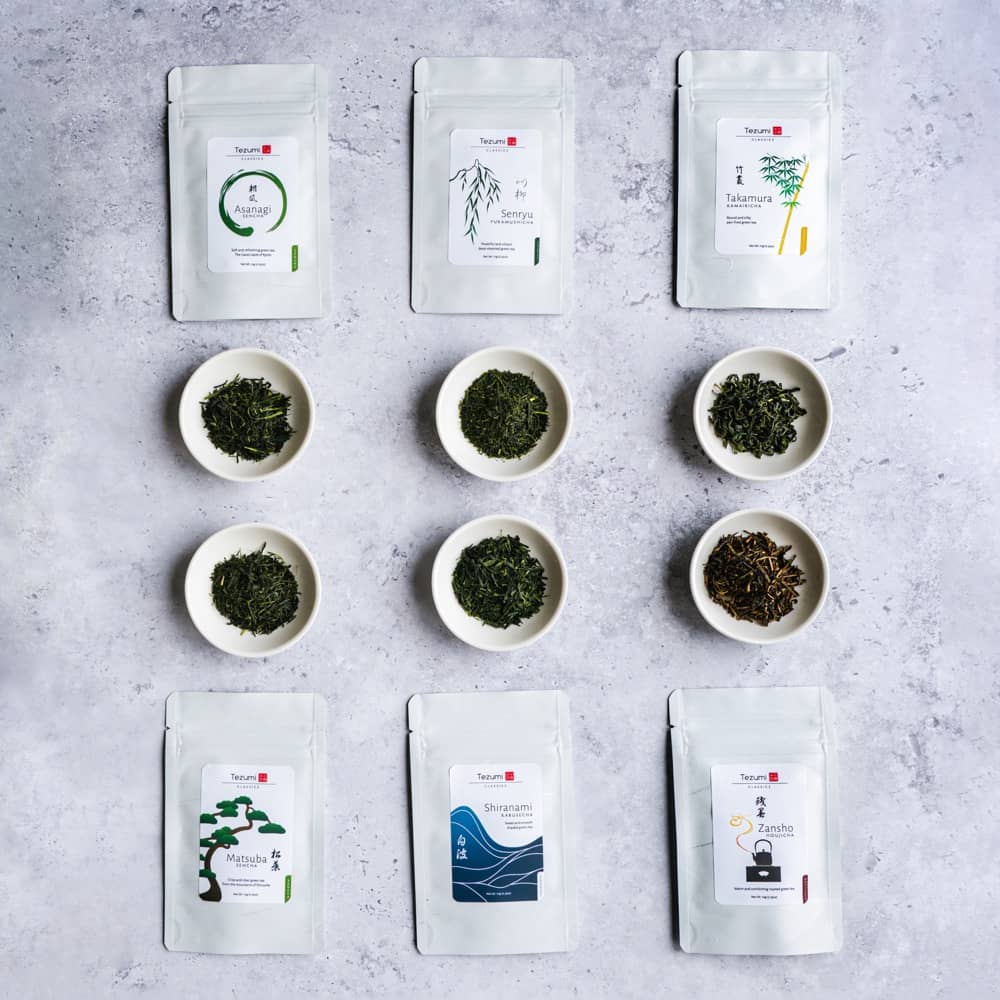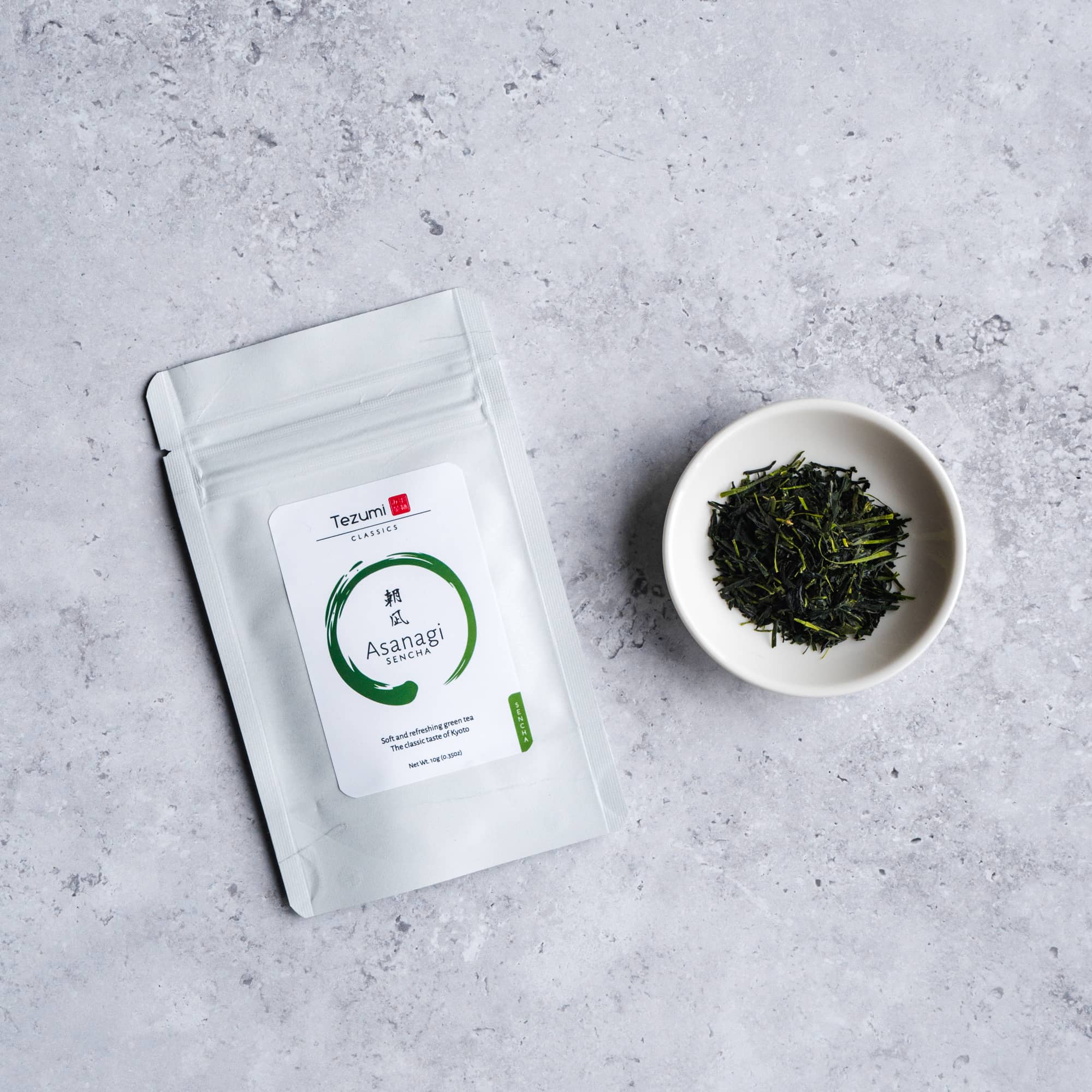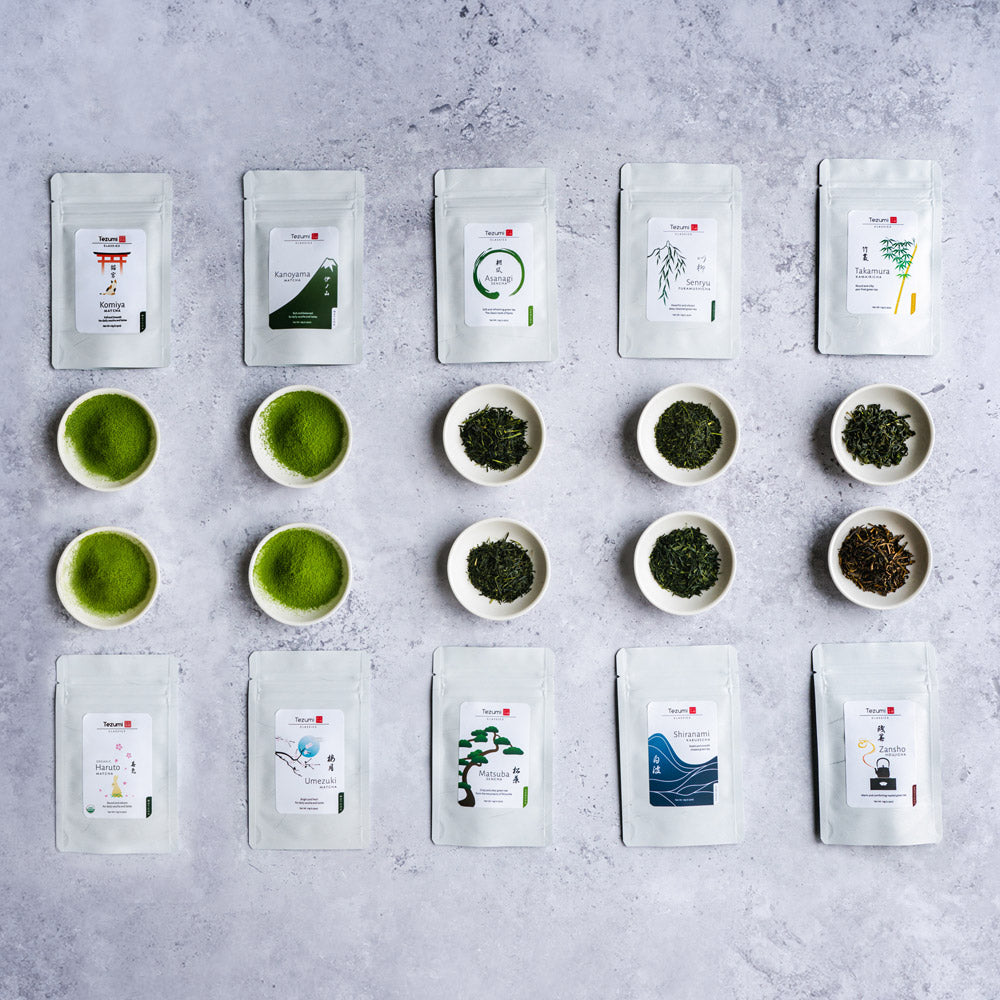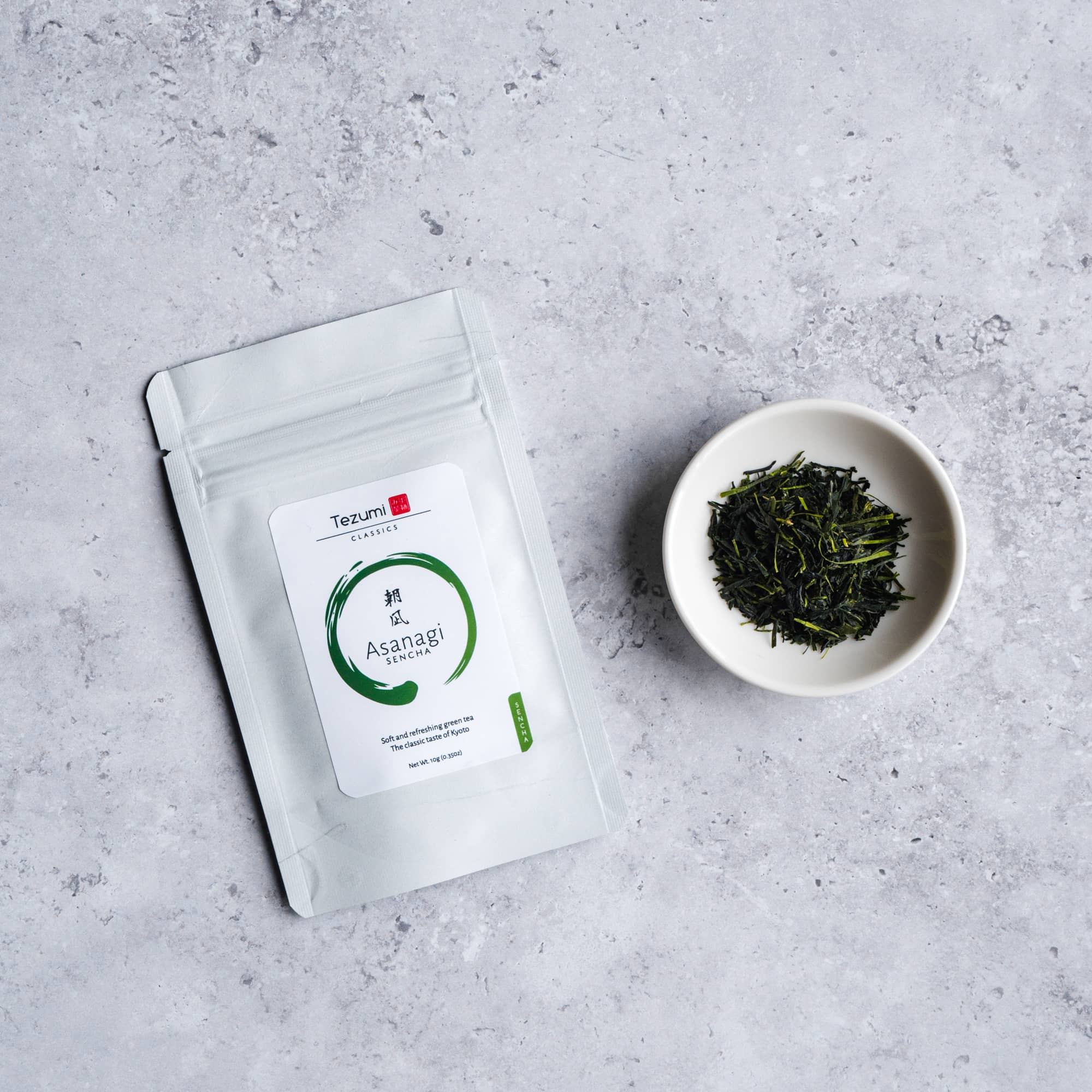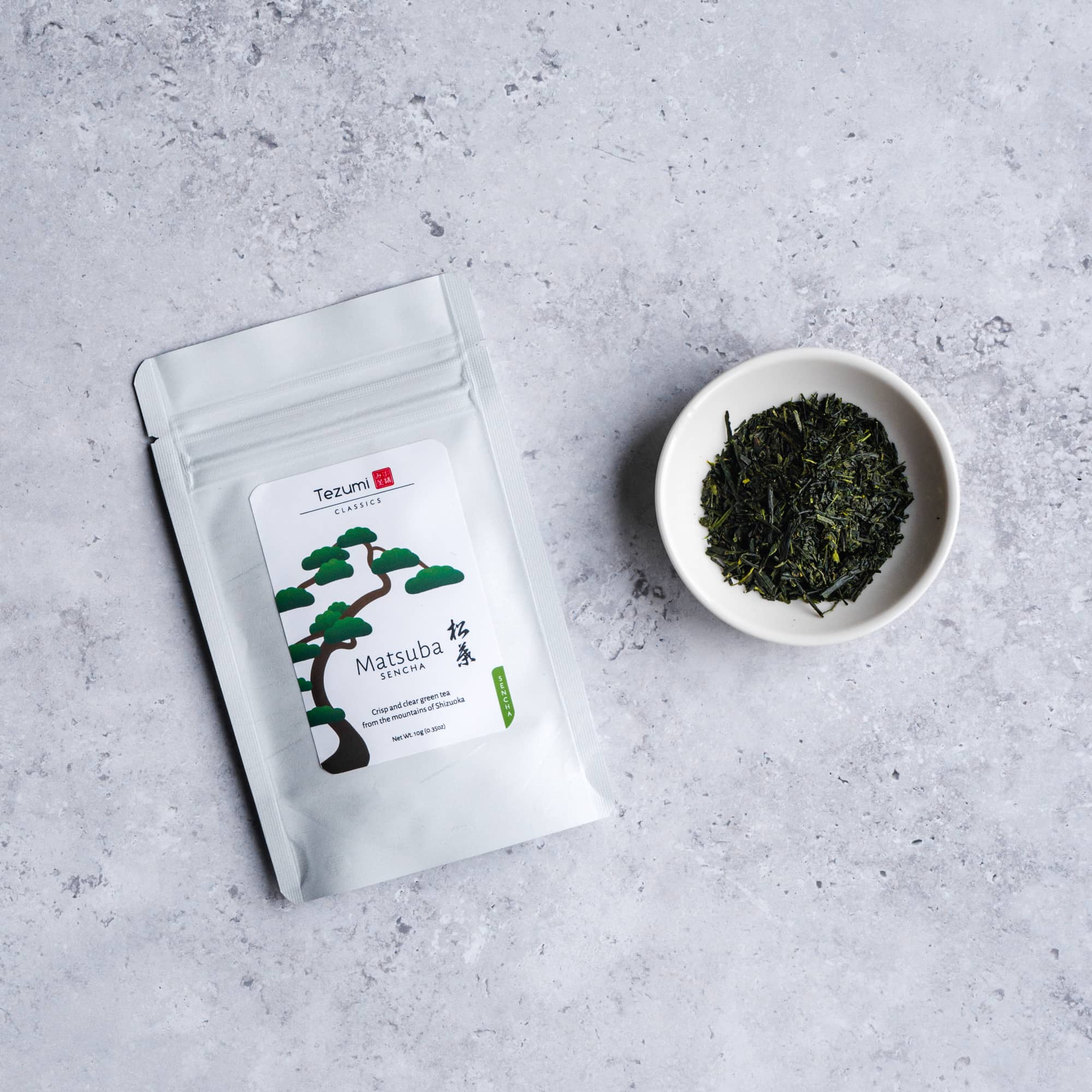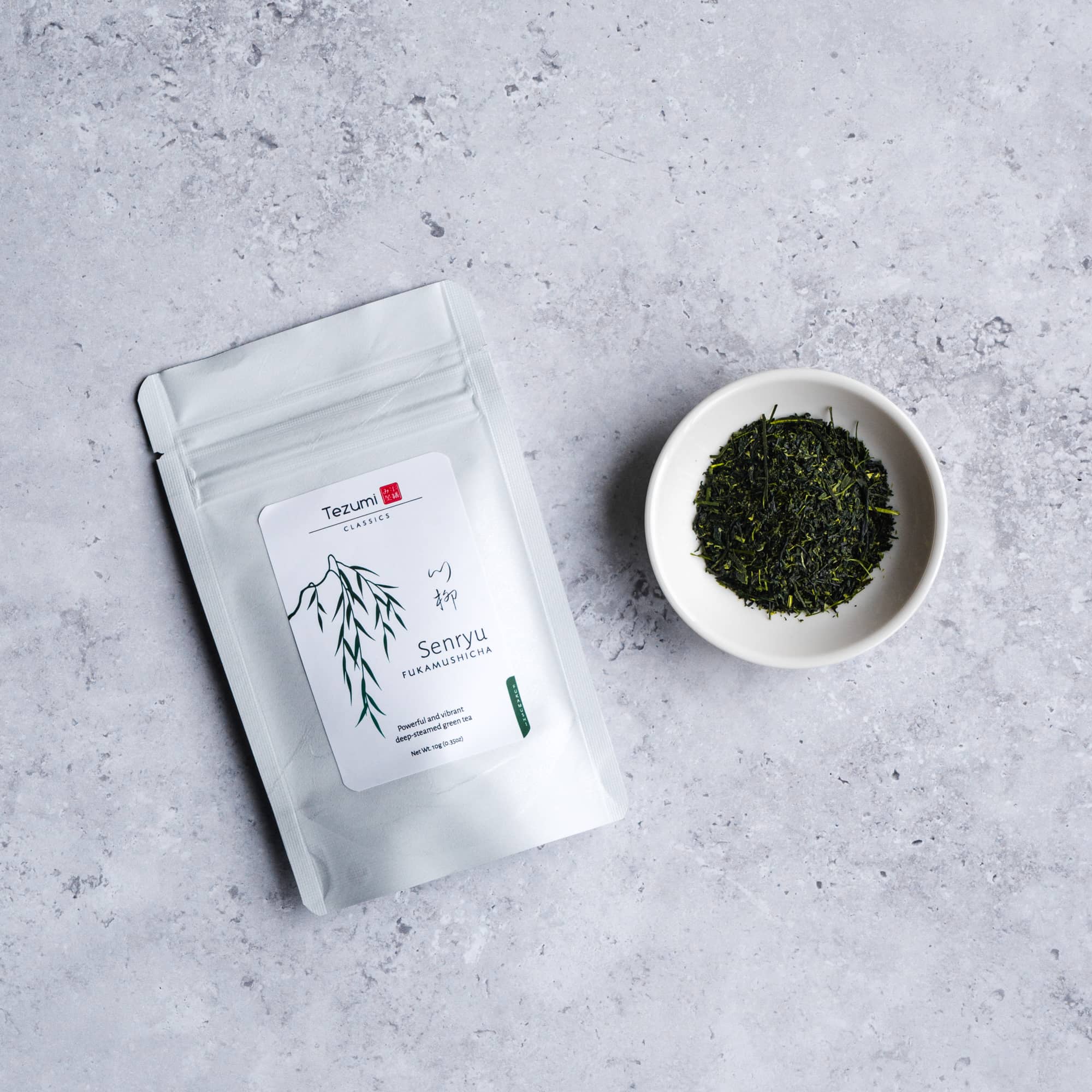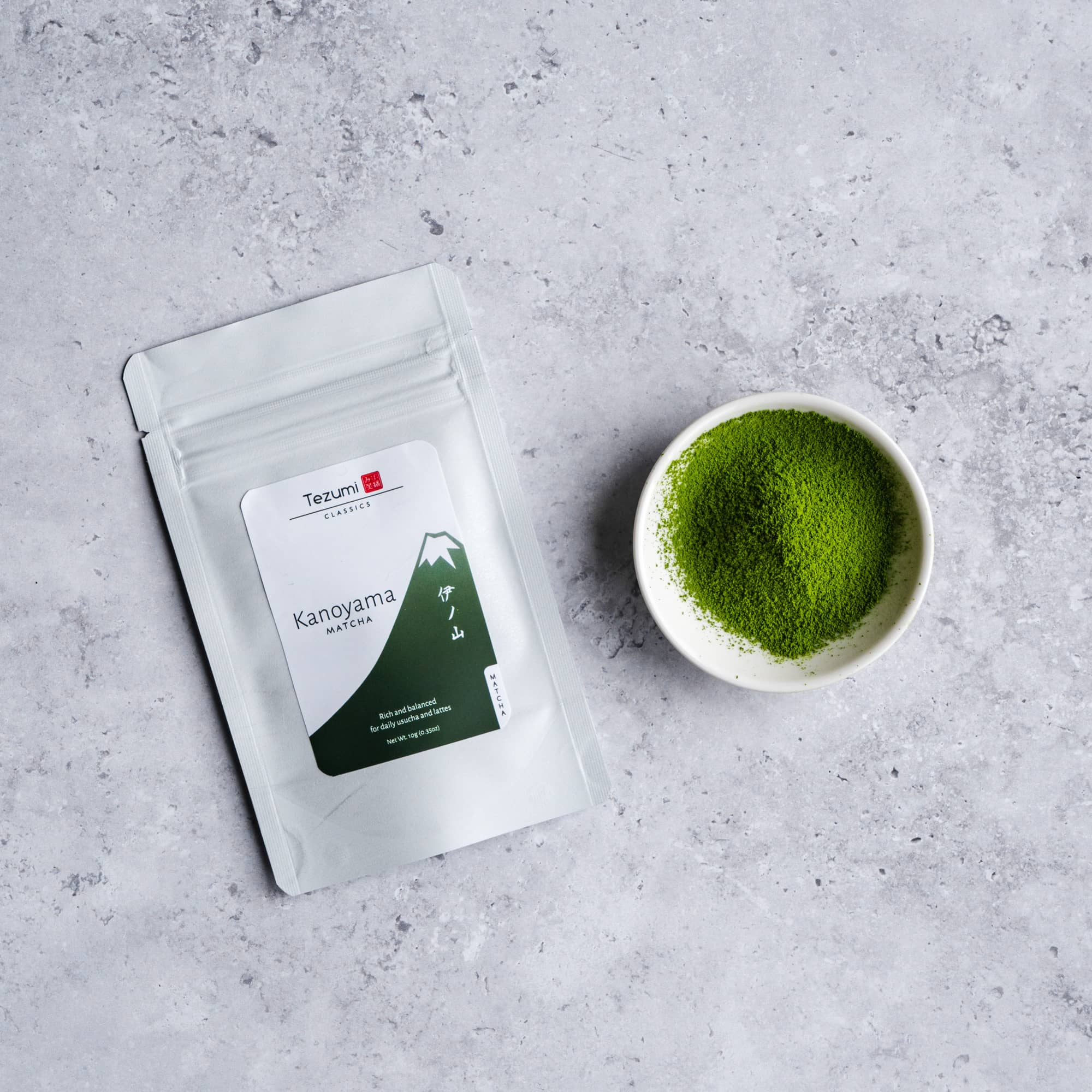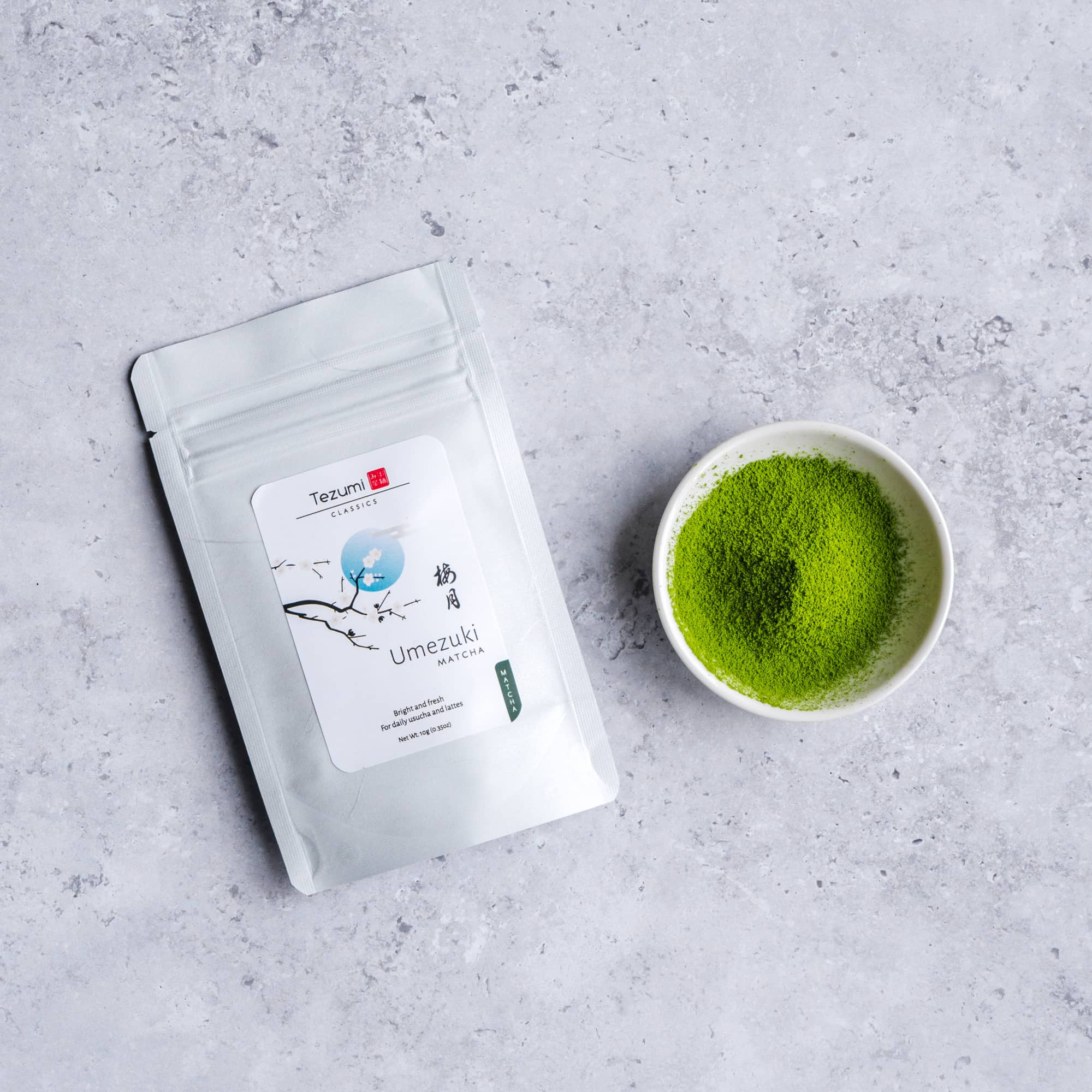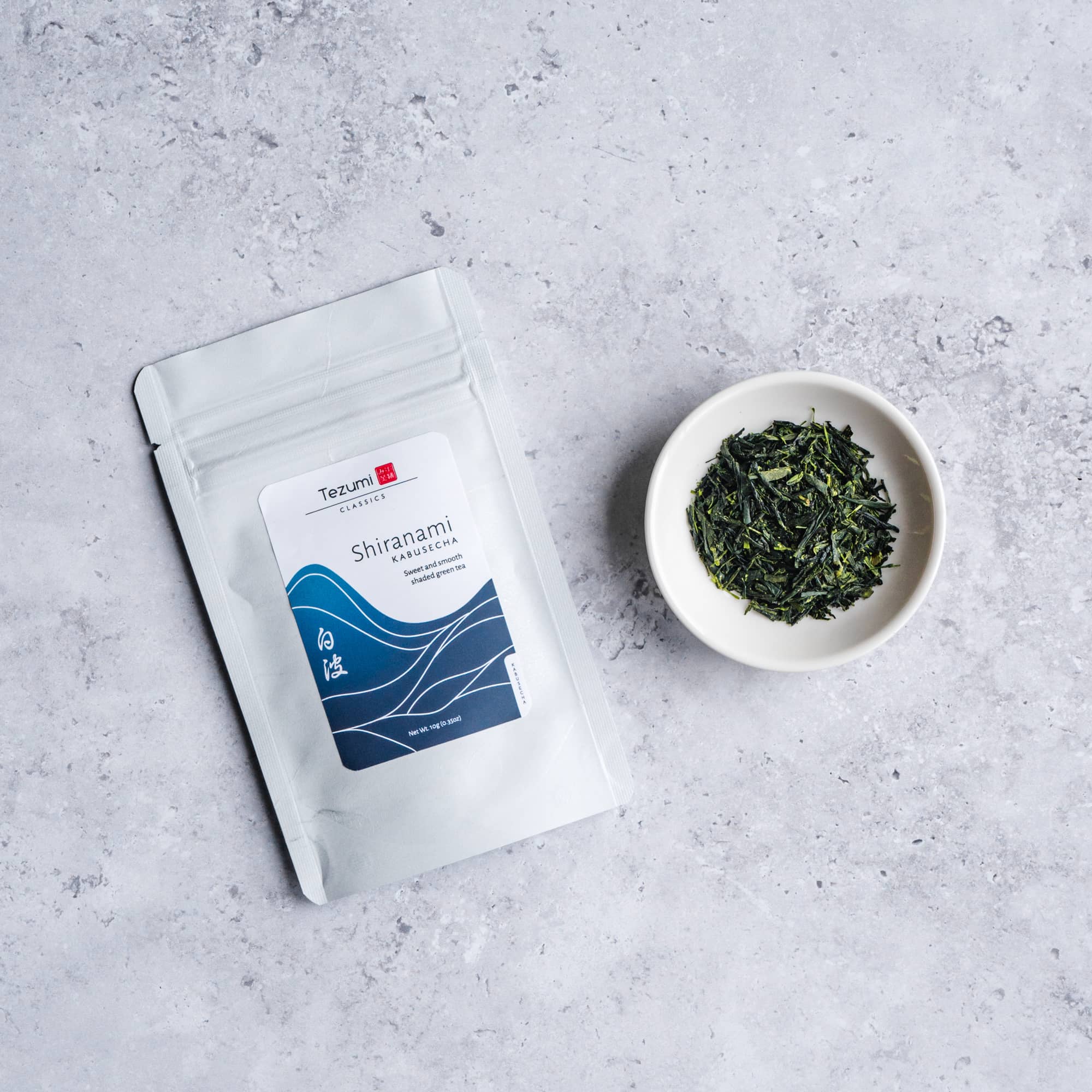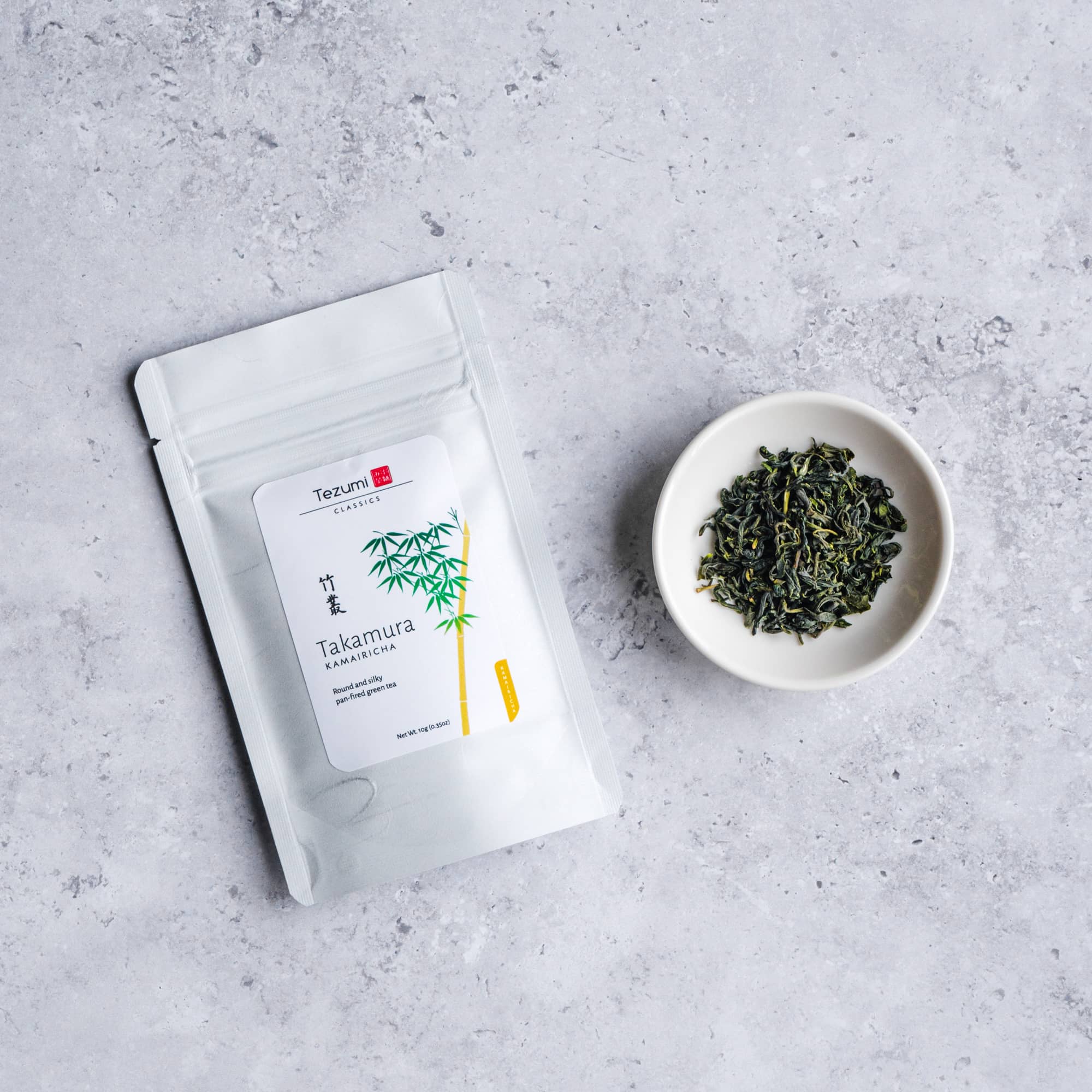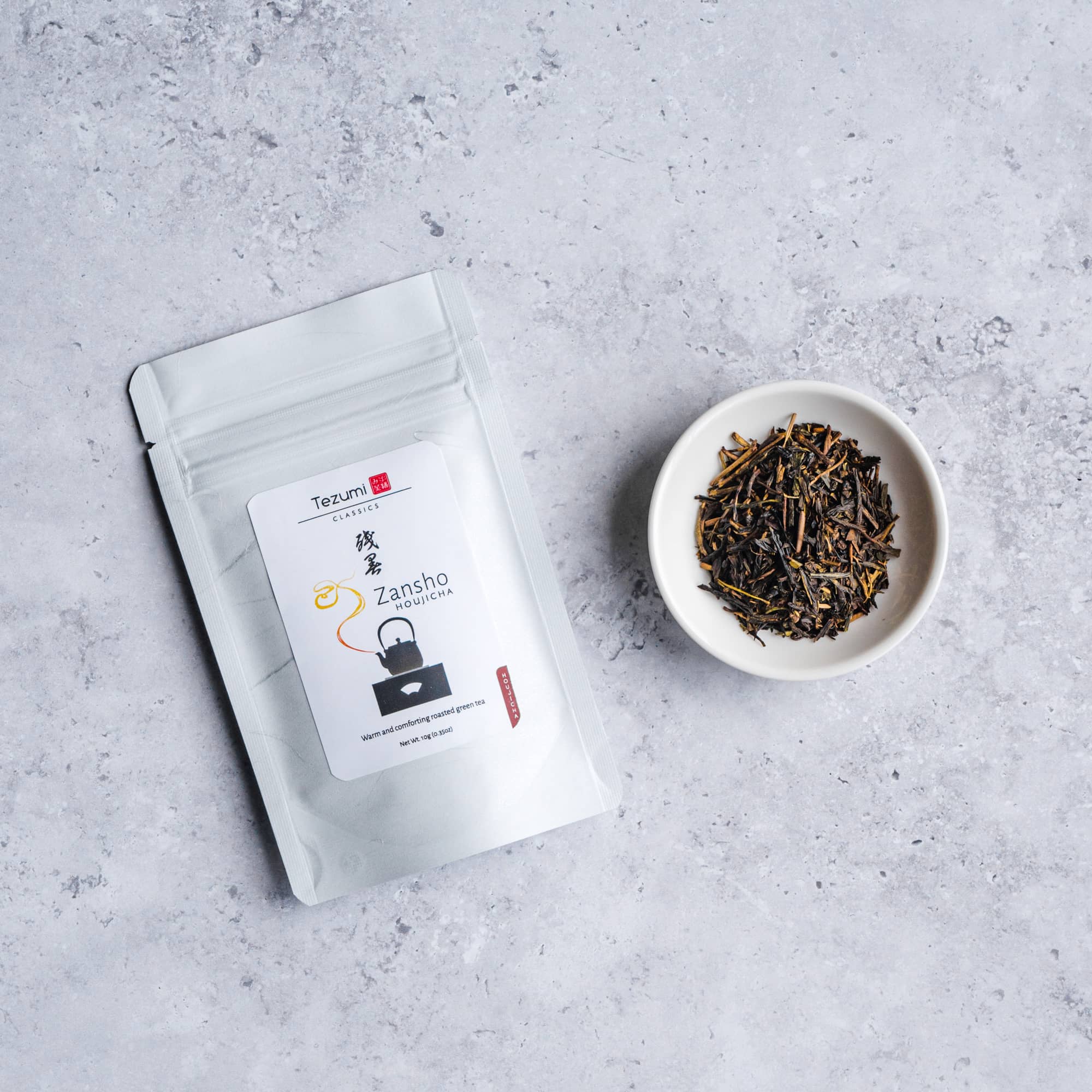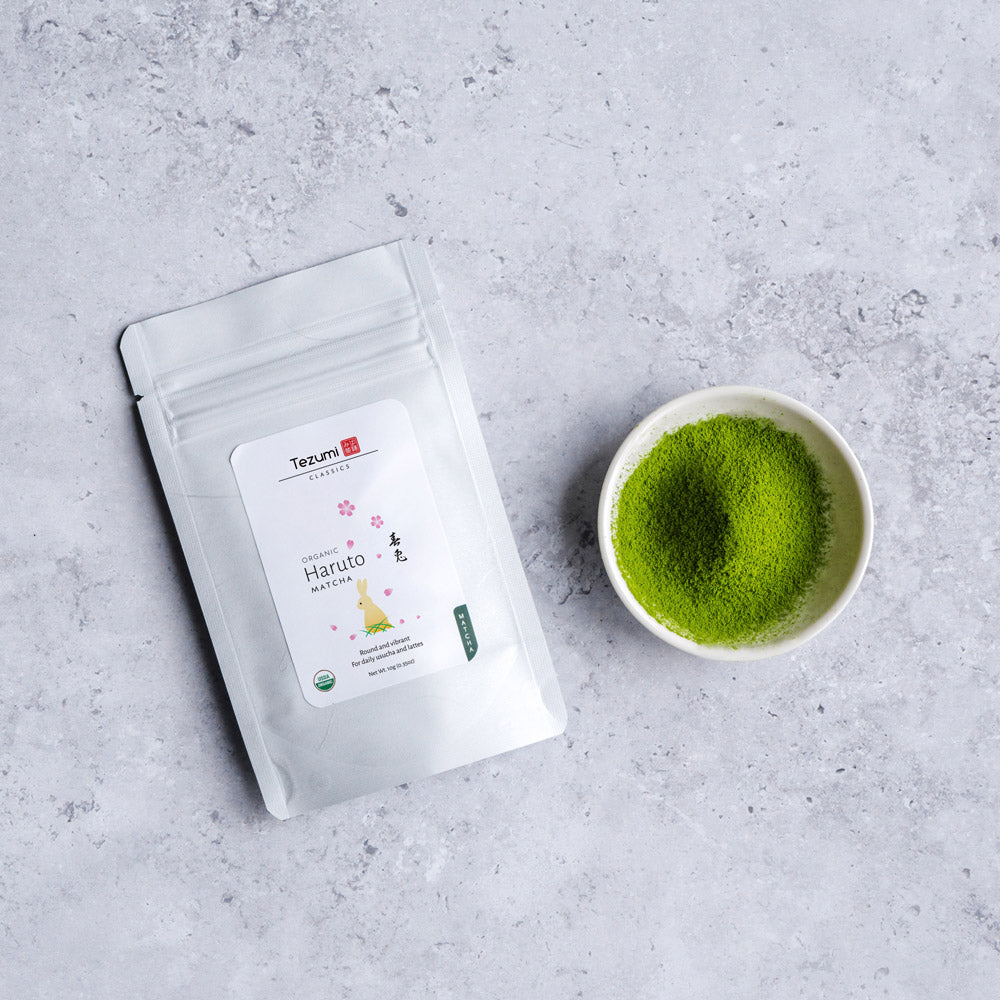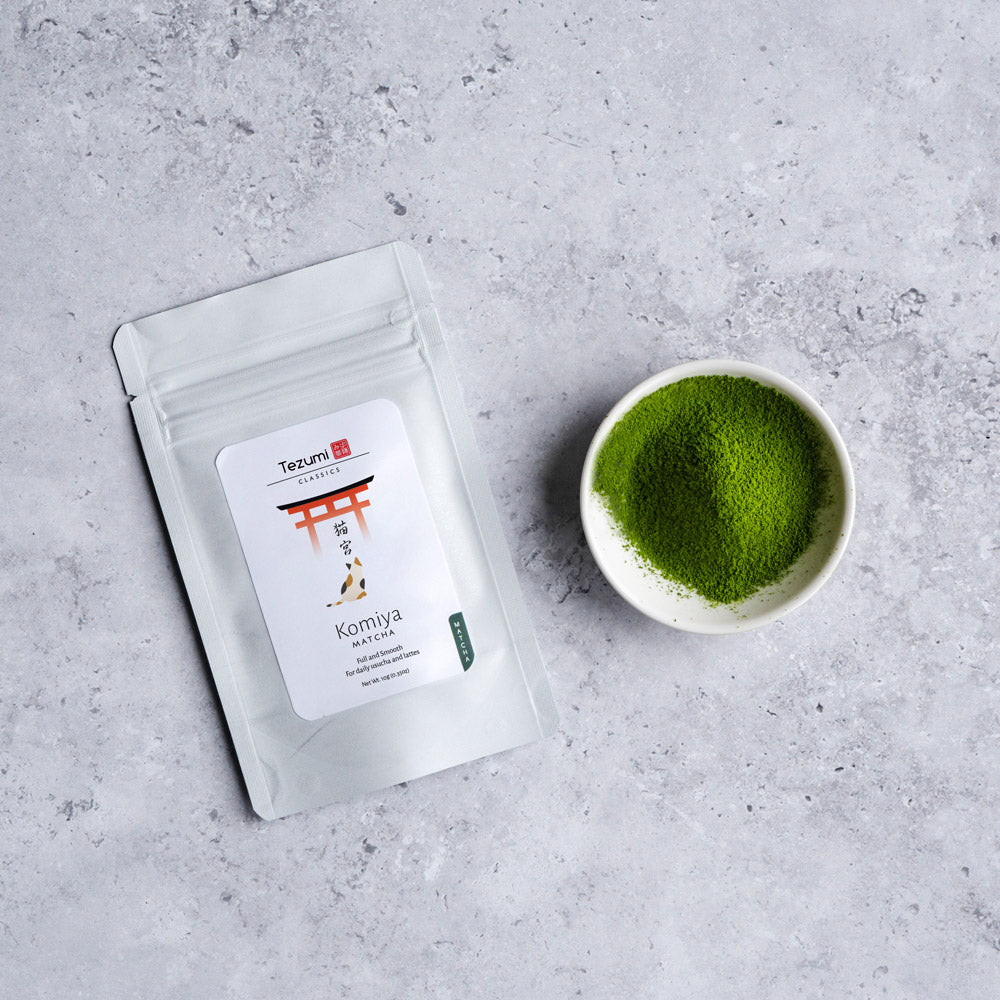Experience our six classic loose leaf teas sourced from small, family-operated farms across Japan.
We've carefully selected these six teas to represent the scope and variety of Japanese tea, showcasing classic growing regions and styles.
Our loose leaf sample set includes:
• 10g Asanagi Sencha
• 10g Matsuba Sencha
• 10g Senryu Fukamushi Sencha
• 10g Shiranami Kabusecha
• 10g Takamura Kamairicha
• 10g Zansho Houjicha
About our Classics
Sencha
Asanagi
Grown in the rolling hills of Wazuka, this Okumidori sencha captures the essence of Kyoto's famed terrior.
While Uji may be the most famous tea region in Kyoto, most Ujicha is actually grown in the neighbouring town of Wazuka, which produces almost 50% of Kyoto's tea. Dating back over 800 years, tea from Wazuka is known for its deep umami flavour.
Asanagi is grown unshaded, which is uncharacteristic for Uji tea, but allows for the deep, natural umami of Wazuka sencha to shine through.


Sencha
Matsuba
This yabukita sencha was grown amongst the mountains of Honyama, giving it a crisp, invigorating taste reminiscent of a cool mountain breeze.
Of Shizuoka's many tea-growing regions, tea from Honyama is praised for its transparent and elegant taste, deriving from the mineral rich soil and the subtle, natural shade of fog and mountains.
Matsuba is the perfect gateway to this classic style of sencha.
Fukamushi Sencha
Senryu
A skillfully-crafted blend of Yabukita and Okuyutaka, this fukamushi sencha from Yame has the perfect balance of aroma, umami, and sweetness. Its 10-day shading gives it a kick of umami, while its tastefully moderate deep-steaming rounds out its body and finish, without muddying the taste.
Senryu is topped off by the signature strong firing of Yame tea, bringing slight nutty notes to its aroma.


Kabusecha
Shiranami
Shelf-shaded for around two weeks, this Samidori kabusecha from Uji combines the sweetness and umami of a gyokuro with the body and structure of a sencha.
Shading the tea plants from the sun causes them to produce fewer bitter-tasting catechins and instead make more sweet and savoury amino acids such as L-theanine.
Kamairicha
Takamura
The rare pan-fired processing of this kamairicha from Kumamoto gives Takamura its savoury and nutty flavour.
Though older than sencha, kamairicha makes up less than 0.5% of Japanese tea produced today. This traditional tea is smooth and easy drinking, with less astringency than most sencha.


Houjicha
Zansho
Unlike most houjicha which is made from lower-quality bancha, Zansho is made by roasting first flush sencha leaves and stems, resulting in a deep, full-bodied tea. The leaves give Zansho its punch and body with the stems providing a touch of sweetness.
With a well-developed roast, this houjicha is strong enough to pair with meals yet complex enough to be enjoyed on its own.








